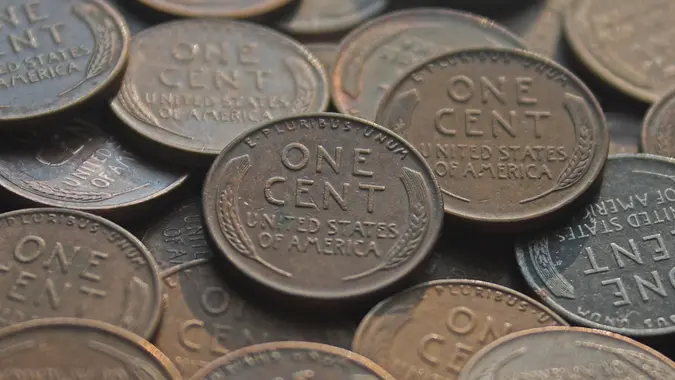5 Key Differences Between the Middle-Class Today vs. 20 Years Ago

Commitment to Our Readers
GOBankingRates' editorial team is committed to bringing you unbiased reviews and information. We use data-driven methodologies to evaluate financial products and services - our reviews and ratings are not influenced by advertisers. You can read more about our editorial guidelines and our products and services review methodology.

20 Years
Helping You Live Richer

Reviewed
by Experts

Trusted by
Millions of Readers
In the United States and other developed countries, the middle-class has long been the indicator of a strong economy.
They’re our teachers, accountants, nurses and more. Having a healthy middle class is a reflection of a society where upward mobility is still possible. It is, really, the American Dream.
So, this is why it’s worth it to take a look at how the middle class has been faring over the last two decades to see just how that dream is doing.
Here are the five key differences between the middle class today and the middle class of 20 years ago.
1. The Middle Class Is Shrinking
As of 2023, roughly 51% of American households are considered middle-class. In 2005, that percentage was 61%. That’s a huge drop.
Sadly, it isn’t dropping because more people are moving into the upper class. Just the opposite.
Wage stagnation, job displacement and the rising cost of living is pricing middle-class households out of their place in the economy. They’re dropping down into the working class.
2. Middle-Class Wealth Aren’t Keeping Up with Upper-Class Wealth
Wage stagnation has caused major problems for the middle-class. While the upper-class (top 10%) is getting increasingly wealthier, the middle-class is seeing their wealth grow at a slower rate.
At the same time, the cost of virtually everything has gone up in the last 20 years. From homes and cars to milk and bread, it’s harder than ever to hold onto enough money to stay middle-class.
And for younger generations coming from the middle-class, it’s an almost insurmountable challenge to hope to own a home or retire comfortably.
3. They Face Greater Financial Strain
These shifts have meant the middle-class is under incredible financial strain just to maintain their status. Mortgages are high, credit card debt is out of control and car loans are ridiculous.
This doesn’t even begin to discuss the number of student loans held by the middle-class, with no end in sight in terms of paying off what they owe.
A middle-class income no longer guarantees financial security the way it once did. Essentially, the middle-class is now living, in financial terms, much like the working class. They just have bigger homes and different stresses at work.
But yes, they’re working more hours than ever. And many middle-class earners are turning to second jobs and side hustles just to stay middle-class.
4. Homeownership Has Changed
Finally, yes, the expectations of the middle-class have changed. Today’s college kids have little expectation of ever owning their own home. Many don’t plan to own a vehicle. And others intend to work several jobs to keep pace with their own cost of living.
In 2005, the median home price in the United States was $232,500. In 2025, that same home is now worth $416,900. With stagnant wages, it is virtually impossible for a middle-class earner to buy a home today. Add to that the fact that the mortgage rate in 2005 was 5.8%. Today, it’s 6.7%.
Just to buy a home, you’d need to make at least $117,000 per year as a household, which is above what most middle-class earners make today.
Add to those prices the cost of owning a car, taking a vacation and paying for healthcare, and the middle class has had to adjust their expectations dramatically in 20 years.
5. Their Jobs Have Changed
It’s not all bad news. The middle class is quickly adapting to the changing job world. Where we once saw the middle class come from manufacturing jobs, we now see younger generations getting degrees that can shift as the economy shifts.
In 2005, we had 14.3 million manufacturing jobs in the United States, a number that was already on the decline. In 2000, there were 17.1 million. By 2009, that number dropped to just 12 million, and it’s held steady since. Today, even with half a million job openings in the manufacturing sector, people don’t want those jobs anymore.
The shift of manufacturing jobs overseas and the increase of tech jobs in the United States mean that the middle-class is adjusting to a whole new world.
Today, most people in the middle-class either hold a specialized profession, like in medicine, law or education, or they work in service-sector jobs, usually around tech.
This means that their education has largely changed, as well. They’re now looking less at what professions will make them money and instead figuring out how to make money doing what they enjoy.
More From GOBankingRates
 Written by
Written by  Edited by
Edited by 

























